Expansion of Automotive Sector
The expansion of the automotive sector is emerging as a significant driver for the Impact Resistant Glass Market. With the increasing production of vehicles, there is a heightened demand for safety features, including impact resistant glass. In 2025, the automotive industry is projected to grow at a compound annual growth rate of around 4%, leading to a corresponding rise in the need for advanced glass solutions. Impact resistant glass is essential for enhancing passenger safety and vehicle integrity, particularly in the event of accidents or collisions. Furthermore, as electric and autonomous vehicles gain traction, the demand for innovative glass technologies that provide both safety and aesthetic appeal is likely to increase. This trend indicates a promising future for the impact resistant glass market, as manufacturers align their offerings with the evolving needs of the automotive sector.
Increasing Construction Activities
The rise in construction activities across various sectors appears to be a primary driver for the Impact Resistant Glass Market. As urbanization accelerates, the demand for durable and safe building materials has surged. In 2025, the construction sector is projected to grow at a rate of approximately 5.5% annually, leading to an increased need for impact resistant glass in residential, commercial, and industrial buildings. This material is favored for its ability to withstand extreme weather conditions and potential impacts, thereby enhancing safety. Furthermore, regulatory frameworks in many regions are increasingly mandating the use of impact resistant materials in construction, further propelling the market. The integration of impact resistant glass not only meets safety standards but also contributes to the overall aesthetic appeal of modern architecture, making it a preferred choice among architects and builders.
Rising Awareness of Safety Standards
There is a growing awareness regarding safety standards in various industries, which significantly influences the Impact Resistant Glass Market. As incidents of natural disasters and security threats increase, the demand for materials that provide enhanced protection has become paramount. In 2025, it is estimated that the market for impact resistant glass will expand as more industries adopt stringent safety regulations. This trend is particularly evident in sectors such as automotive, construction, and aviation, where the need for safety compliance is critical. The implementation of safety standards not only protects individuals but also reduces liability for businesses, thereby driving the adoption of impact resistant glass. Consequently, manufacturers are focusing on developing innovative solutions that meet these evolving safety requirements, further stimulating market growth.
Growing Demand in the Aerospace Industry
The aerospace industry is witnessing a growing demand for impact resistant glass, which serves as a vital driver for the Impact Resistant Glass Market. As air travel continues to expand, the need for materials that can withstand high levels of stress and impact is becoming increasingly important. In 2025, the aerospace sector is expected to grow significantly, with airlines seeking to enhance passenger safety and comfort. Impact resistant glass is utilized in aircraft windows and cockpit displays, where durability and clarity are paramount. The integration of advanced glass technologies not only improves safety but also contributes to weight reduction, which is crucial for fuel efficiency. As airlines and manufacturers prioritize safety and performance, the demand for impact resistant glass in the aerospace industry is likely to rise, presenting substantial opportunities for market players.
Technological Advancements in Glass Manufacturing
Technological advancements in glass manufacturing processes are likely to play a crucial role in the Impact Resistant Glass Market. Innovations such as laminated glass technology and the use of advanced polymers have enhanced the performance characteristics of impact resistant glass. In 2025, the market is expected to benefit from these advancements, which improve the durability and clarity of glass products. Enhanced manufacturing techniques allow for the production of thinner, lighter, and more efficient impact resistant glass, catering to the needs of various applications. Additionally, the integration of smart technologies, such as self-cleaning and energy-efficient coatings, is anticipated to further boost the appeal of impact resistant glass. As manufacturers continue to invest in research and development, the market is poised for significant growth, driven by the demand for high-performance glass solutions.


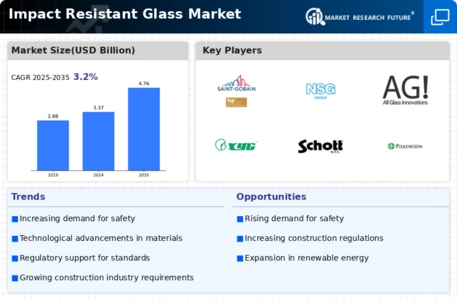
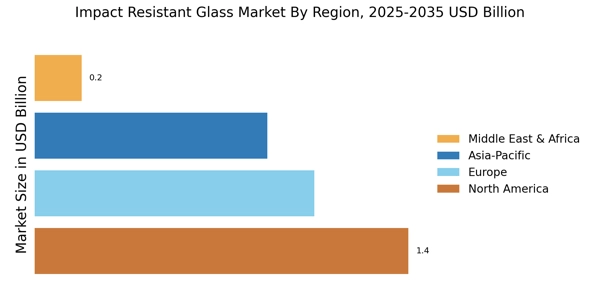

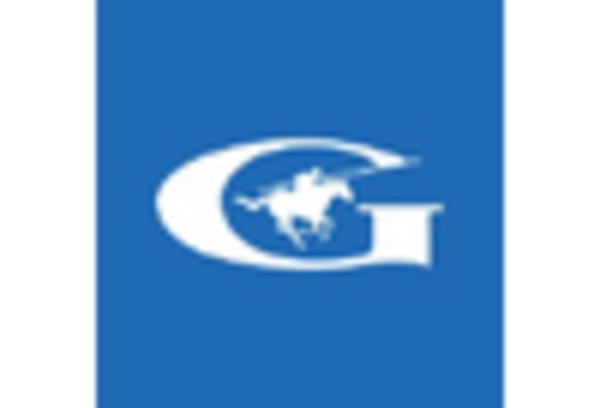
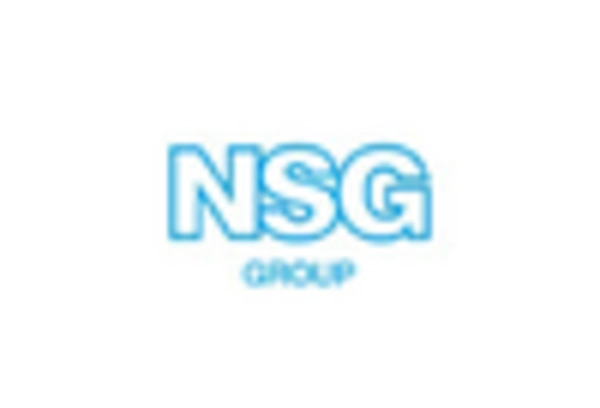


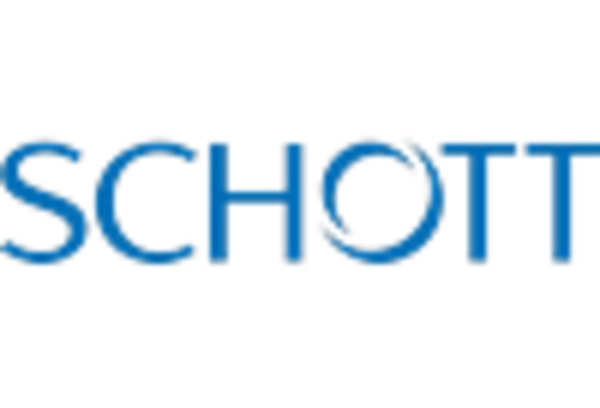








Leave a Comment